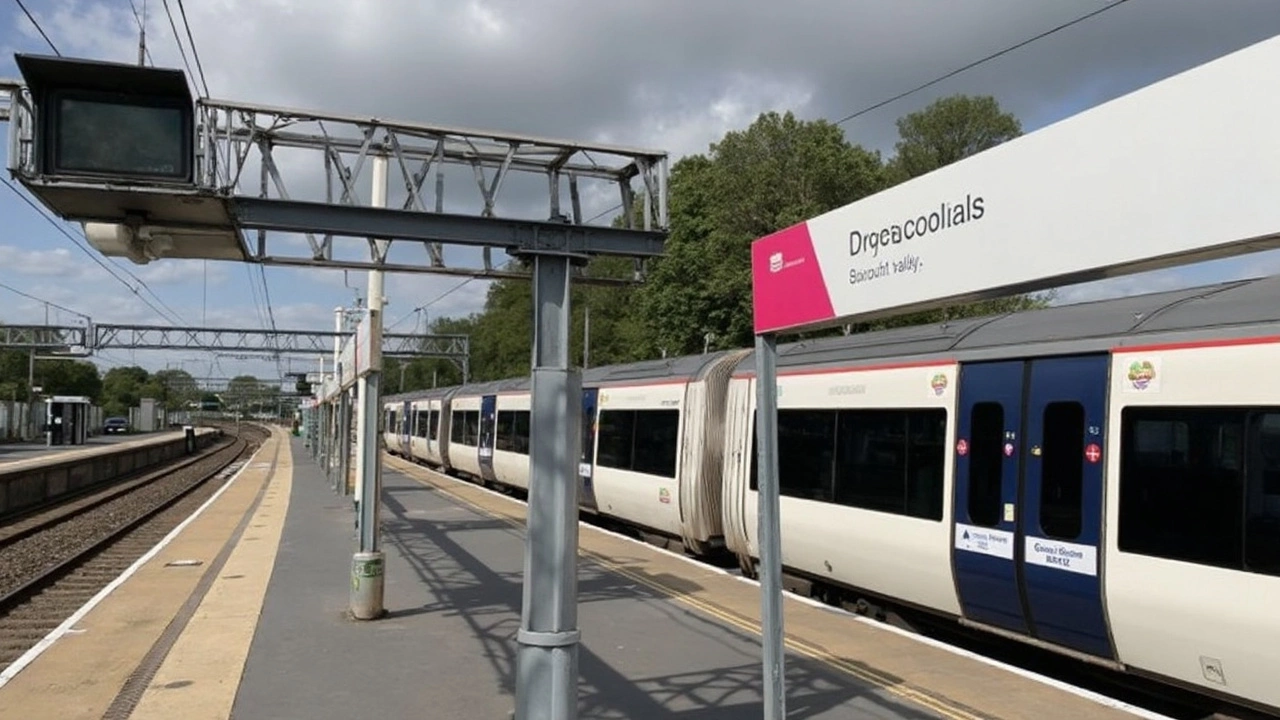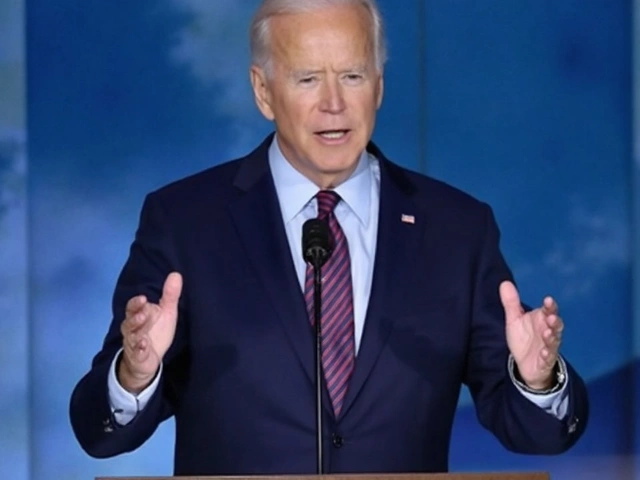Lower Thames Crossing – the new M25 link explained
If you drive around London, you’ve probably heard the buzz about the Lower Thames Crossing. It’s the biggest road project the South East has seen in decades and promises to change how traffic moves between Kent, Essex and the M25. In plain terms, it’s a brand‑new tunnel that will sit south of the existing Dartford Crossing, giving drivers an extra route across the river.
Where does the crossing run?
The tunnel starts near the village of Southfleet in Kent and emerges close to East Tilbury in Essex. From there it connects to a new stretch of road that links directly to the M25 at junction 31. The idea is simple: give a high‑capacity, toll‑free (for now) alternative to the busy Dartford Bridge, which often sits in slow‑moving traffic during peak hours.
How will it affect your daily drive?
For commuters, the biggest win is shorter journey times. The tunnel is designed for 4,000 vehicles per hour, meaning rush‑hour queues could shrink dramatically. If you’re heading south from Kent to the coastal towns or north‑west towards Heathrow, the extra link cuts out the need to loop around the congested Dartford area.
But there are a few things to keep in mind. First, the crossing will have a toll once it opens, and the price is still being debated. Even a modest fee could add up if you travel the route every day. Second, the new road will bring more traffic to surrounding villages, so local residents might see a rise in noise and pollution. The project includes mitigation measures like sound barriers and green bridges for wildlife.
From a broader perspective, the Lower Thames Crossing is expected to boost the regional economy. Faster freight movements mean cheaper goods for businesses in Kent and Essex, and the construction phase alone is creating thousands of jobs. The government hopes the tunnel will also ease pressure on the rail network by encouraging more drivers to use the new road instead of the train during busy periods.
So should you start planning trips that use the new tunnel? If you live near the M25 or regularly travel between the two counties, it’s worth keeping an eye on the opening date. The project is on track for completion in 2029, and early traffic models suggest a 20‑30% reduction in travel time compared to the Dartford Crossing during peak hours.
In short, the Lower Thames Crossing is set to become a game‑changer for South East commuters. It offers a faster, more direct route across the Thames, helps move freight, and could lower congestion on existing bridges. Keep tabs on toll announcements and plan your routes accordingly – the new tunnel might just shave minutes off your daily drive.
Transport Action Network Pushes for Affordable Essex-Kent Superlinks Over Lower Thames Crossing
Transport Action Network suggests replacing the £10 billion Lower Thames Crossing with a more economical Essex-Kent Superlinks. The plan includes a rail link between Essex and Kent, ferry services, and improved rail freight infrastructure to reduce lorry traffic. Backed by ASLEF, it's seen as a modern, sustainable alternative that could reshape regional transport and challenge current road expansion strategies.









